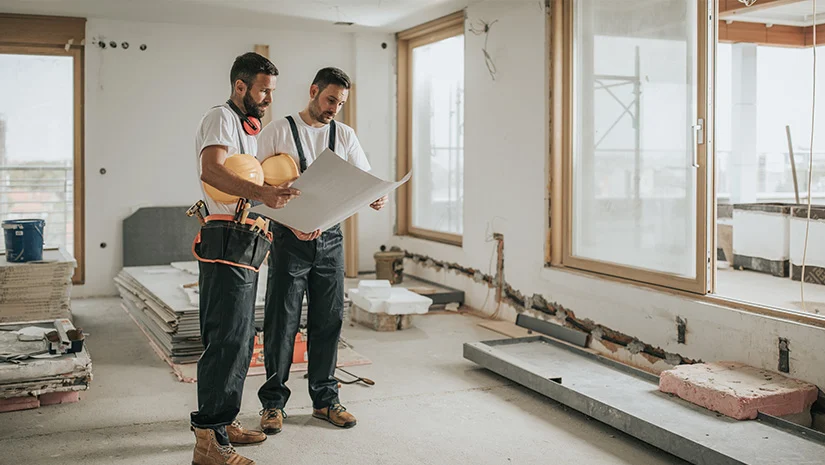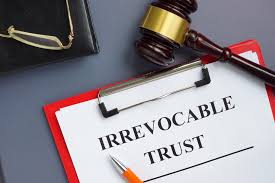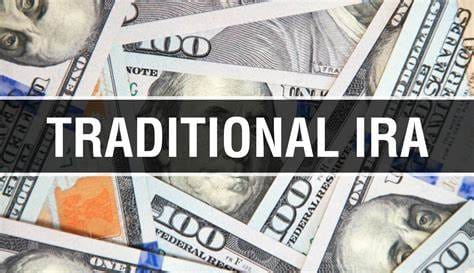🔧 What Is an Improvement 1031 Exchange?
An Improvement 1031 Exchange, also known as a Construction or Build-to-Suit 1031 Exchange, allows investors to use 1031 exchange proceeds to make improvements on a replacement property—all while deferring capital gains taxes. It’s a powerful strategy for upgrading or customizing real estate investments within the framework of IRS Section 1031.
A traditional 1031 exchange lets you sell an investment property and reinvest the proceeds into a new like-kind property to defer capital gains taxes. But what if the replacement property you want needs renovations or isn’t worth as much as the property you’re selling?
That’s where an Improvement 1031 Exchange comes in.
In this version of the exchange, you can use the exchange funds to build, renovate, or improve the replacement property before officially taking title—as long as it’s completed within IRS deadlines and meets valuation requirements.
In this article, we’ll cover what an improvement 1031 exchange is, how it works, the rules you must follow, and when this strategy makes sense for investors.
🛠️ How an Improvement Exchange Works
- Sell the relinquished property
You sell your existing investment property and place the proceeds with a Qualified Intermediary (QI). - Identify the replacement property and planned improvements
Within 45 days of the sale, you must identify the property and the specific improvements you plan to make. - Exchange Accommodation Titleholder (EAT) takes title
An EAT holds the title to the replacement property while improvements are made. - Complete construction
You use the 1031 exchange proceeds to complete the improvements within 180 days of the original sale. - Transfer ownership
Once improvements are done (or the 180-day window closes), the EAT transfers the improved property to you.
📋 IRS Requirements for Improvement 1031 Exchanges
To stay compliant with Section 1031, you must meet the following conditions:
- Same-day title transfer is not allowed. The EAT must hold the title during the construction period.
- Improvements must be completed within 180 days from the sale of the relinquished property.
- The property must be identified in writing within 45 days, including a detailed description of planned improvements.
- All exchange funds must be spent by day 180, and the value of the improvements must bring the total value of the replacement property equal to or greater than the relinquished property.
- You cannot make the improvements yourself—the EAT must oversee construction while it holds the title.
✅ Benefits of an Improvement 1031 Exchange
1. Customize Your Investment
Upgrade or tailor the replacement property to suit your long-term goals or tenant needs.
2. Full Use of Exchange Funds
If the replacement property costs less than the relinquished one, improvements help you match the value and avoid “boot” (taxable income).
3. Greater Flexibility
You’re not restricted to buying a perfect turnkey property—you can buy a fixer-upper and renovate it using tax-deferred funds.
⚠️ Challenges to Consider
- Strict Deadlines: All improvements must be completed within the 180-day window.
- Increased Complexity: Requires coordination with a QI, EAT, contractors, and legal professionals.
- Front-loaded Planning: The 45-day identification window must include detailed descriptions of future improvements.
🆚 Improvement Exchange vs. Other Types of 1031 Exchanges
| Feature | Traditional 1031 | Improvement 1031 | Reverse 1031 |
|---|---|---|---|
| Can use funds for renovations? | No | Yes | No (unless structured similarly) |
| Takes title immediately? | Yes | No, EAT holds title | No, EAT holds title |
| Construction allowed? | No | Yes | No |
| Timeline | 45/180 days | 45/180 days | 45/180 days |
🧠 When Should You Use an Improvement 1031 Exchange?
Consider this strategy if:
- The ideal property needs upgrades to meet your investment goals
- You’re buying land and want to construct a building
- You want to fully reinvest 1031 funds but the property is under market value
- You want to reposition a property for higher income potential
🔚 Final Thoughts
An Improvement 1031 Exchange gives real estate investors the ability to defer capital gains taxes while enhancing their new property—a strategic win when executed properly. While this exchange type involves more complexity than a standard 1031, the benefits can be significant, especially for those seeking customization or added value.
Just be sure to work with experienced Qualified Intermediaries, legal advisors, and contractors to ensure full IRS compliance and successful completion within the required timeframe.








One Comment
Comments are closed.